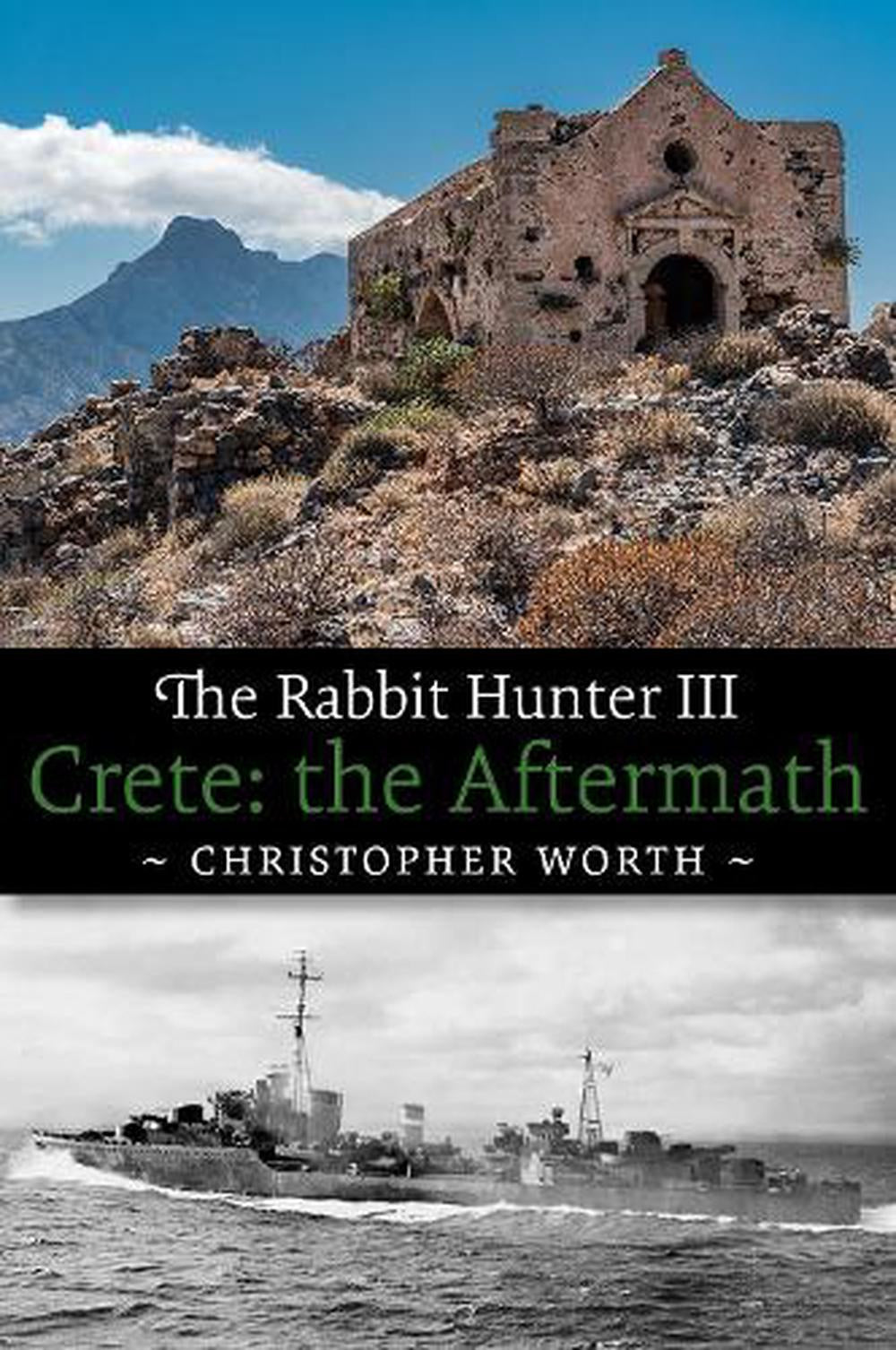Rabbit Hunter 3 - Crete The Aftermath
Rabbit Hunter 3 - Crete The Aftermath
Couldn't load pickup availability
The Battle of Crete in May 1941 was savage and costly, and vividly described in the preceding title in the series "The Rabbit Hunter II: The Battle of Crete".
The Allied forces were assailed from all sides without respite by the superbly equipped elite German Air-Landing and Mountain Divisions, and constantly harried by the omnipresent Luftwaffe. The battle itself comprised a relentless fighting retreat over 10 days, contesting the ground all the way from the island's strategic locations on the north coast to the evacuation beaches in the south, where the Royal Navy again answered the call to save the remnants of the Allied force. inevitably, in such a battle, many of the participants were scattered and separated from their parent units.
Among the survivors were many Anzac soldiers, originally evacuated from the beaches of Greece in the wake of the failed campaign there.
Not all were lucky enough to arrive at the designated evacuation beaches in time to meet the Royal Navy's ships. Among those left behind is Second Lieutenant Neil Rankin of the New Zealand Division with the survivors of his platoon. The book starts where the second book finished: with Rankin standing on the evacuation beach. Instead of the tense crowds they expected to find awaiting rescue, they find themselves standing on a deserted beach in a ruined town.
Rankin knows the first duty of every soldier is to escape. Adding immense pressure to this imperative are his orders that the Royal air Force's secret Air Ministry radar technicians must not fall into enemy hands "under any circumstances".
To succeed with their escape, Rankin must first come to terms with military and personal failure. His efforts to lay to rest the ghosts of military disaster in two wars set the scene for a succession of increasingly difficult decisions he must make and conflicts he must resolve if he is to lead his men to safety.
The climactic, thrilling sea-borne finale described in the author's trademark style for realism in war fiction reminds us hat the cost of freedom is high and always paid in bitter coin. .


